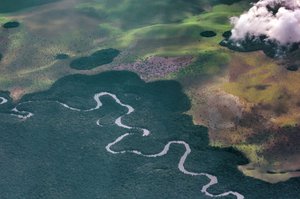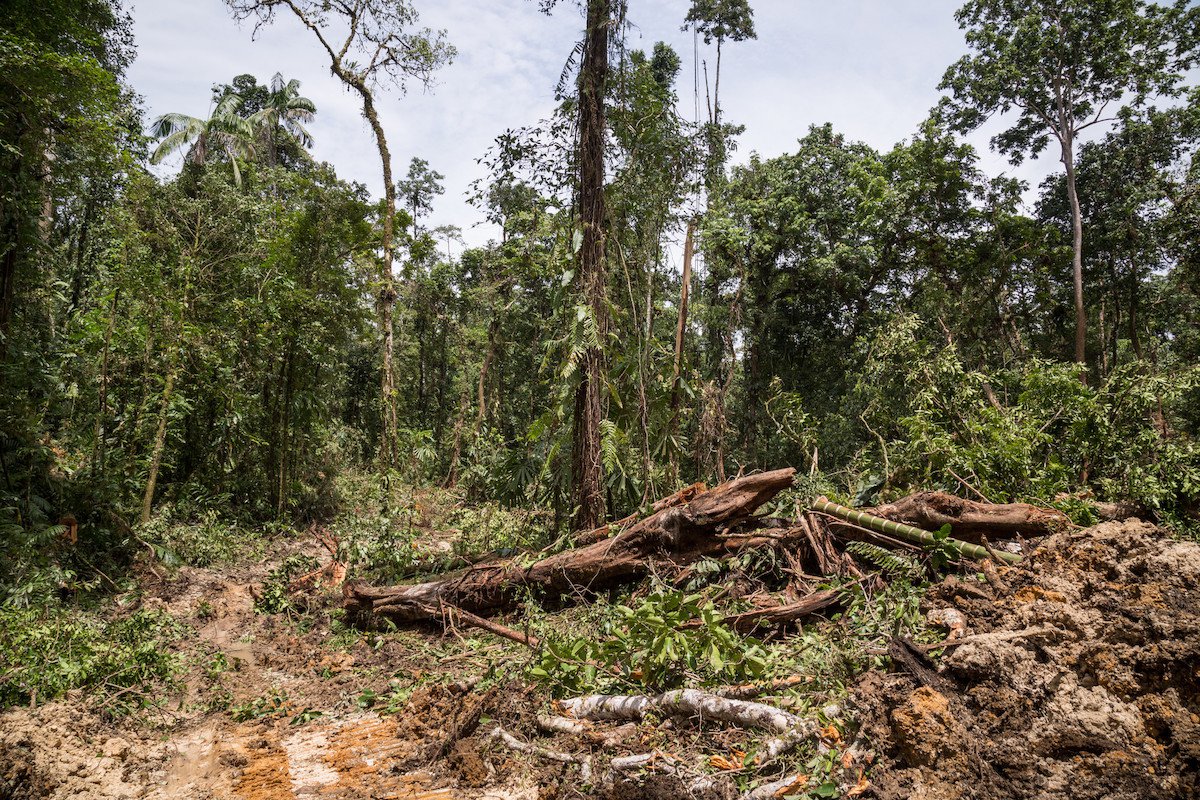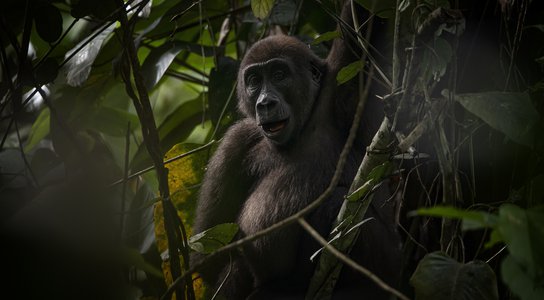Of all of Earth’s most precious ecosystems, arguably none are quite as famous as the Amazon Rainforest.
Spread across eight countries - Brazil, Peru, Colombia, Bolivia, Guyana, Ecuador, Suriname and French Guiana - the Amazon represents nearly a third of all tropical rainforest spanning an area twice the size of India. Not only is it renowned for its vibrant biodiversity, including jaguars, tapirs, macaws, toucans and monkeys, but it is also critical to our climate.
But the Amazon is just one of the world’s many rainforests - with each playing a pivotal role in the planet’s health. Other across Latin America can be found from Mexico to Panama, and all the way to the temperate rainforests of Chile – home to the world’s southernmost rainforest.
Across the South Atlantic Ocean, the Congo Basin rainforest covers an enormous 288 million hectares, with 60% of the forest found in the Democratic Republic of Congo (DRC). Further East across the Indian Ocean, Southeast Asia is also rich in tropical forest. Both Indonesia and Malaysia are famous for their orangutans – though large areas of their habitat have been converted to agriculture, and this species of great ape is now found only in parts of the Islands of Borneo and Sumatra.
Rainforests are also home to an estimated 50 million people - with more than a billion people depending on them for their livelihoods. Expert knowledge of plants and their properties, of the seasons, and of animal interactions, means local people are the best custodians of tropical forest. In fact, forest that is managed by Indigenous peoples and local communities has lower deforestation rates than forest that is managed by governments. Recognition of Indigenous land rights and formalization of land ownership is one of the best ways to secure the future of the world’s rainforests.

A member of the indigenous Ka'apor community in Brazil’s Alto Turiaçu reserve.
How do rainforests work – and why are they so special?
Most of the world’s rainforest is found in the tropics - between the Tropic of Cancer and the Tropic of Capricorn - which cover 40% of the world’s land area and contain 78% of all species. They have the perfect conditions for photosynthesis: sunlight, water and warmth.
As trees transpire water, they generate the clouds that bring rain - not just to the tropics, but across hemispheres - with tropical forests playing a vital role in atmospheric circulation across continents.
Rainforest trees are specially adapted to their environment. In the highest canopy, they have a broad “crown” to capture full sunlight, while in the lower canopy the trees are adapted to grow mostly in the shade. On the forest floor there are shade-loving ferns that use sunflecks that break through the canopy. Epiphytes (plants that perch on other plants) are adapted to grow without soil and some species trap water in their cone-shaped leaves, attracting insects to drink, which excrete and provide nutrients for the plant to subsequently grow. There’s even a frog that lays eggs in these leaf-pools, where tadpoles can later be found swimming.
These tropical rainforests are one of the world’s most “hyper diverse” ecosystems. A survey of the Amazon rainforest in Ecuador, for example, revealed more than 280 species of tree per hectare – more than in the entire European tree flora. In total, there may be as many as 53,345 species of tree in the tropics. Such species richness in plants leads to great diversity in all forms of life: insects, fungi, birds and animals. Amazingly, known species may be a fraction of the total: only 1.7 million of a possible 5 - 10 million species have been identified.
This immense diversity applies to human culture in the rainforest as well as to flora and fauna. Nearly 5,000 different languages are spoken in the highly biodiverse regions of the planet, with the world’s highest density of languages found in Papua New Guinea, a mountainous and densely forested country north of Australia.

Why are rainforests so important to our planet?
As well as being home to millions of people, rainforests play a critical role as a carbon sink, and tropical rainforests store a quarter of the carbon in our terrestrial biosphere - despite only accounting for 7-12% of the ice-free land surface helping regulate the Earth’s climate. New tree growth also captures carbon from the air. Yet, the reverse is also true; when trees are cut down, dangerous amounts of carbon are released back into the atmosphere.
Carbon is also stored beneath the ground. The Congo Basin rainforest, for example, has 16.5 million hectares of peat swamp forest, which holds as much carbon in its waterlogged turf as is stored in all the trees in the entire Congo Basin rainforest. Draining this peat by cutting logging roads through the forest, or exposing it to sunlight by cutting down trees, could release a staggering 31.5 billion tonnes of carbon into the atmosphere, turning the region from a critical carbon sink to a significant source.

Deforestation of the world’s forests remains a significant threat to our planet, and an estimated 90% of this is driven by agriculture in tropical areas. Beef is the biggest culprit, with huge areas of the Amazon converted to pasture for cattle grazing - with much of this beef exported to China and the United States. Soy and palm oil are the next biggest causes of deforestation globally and huge mono plantations bring with them hazards of chemical spraying, water pollution, labour exploitation and displacement. Communities who fight for their rights are often threatened or attacked, rendered powerless in the face of multinational corporations with access to the corridors of power.
This deforestation is fundamentally driven by an economic system that values agricultural land more than forested land. After ripping out the trees, the land gains value and can be sold on for profit, ending up in the hands of large private landowners or multinational companies. These companies are funded by financial institutions based in the UK, US, EU and beyond, with these banks and asset managers ultimately profiting from forest destruction.
The UN’s Intergovernmental Panel on Climate Change (IPCCC) is clear that achieving net zero is impossible without ending deforestation. Yet the forests of Southeast Asia are already releasing more CO2 than they absorb, due to clearance for plantations and fires. The same has been said about the Amazon.
Many initiatives exist that aim to halt forest destruction. We've heard promises from agricultural companies, banks and financiers, and from consumer brands - but trees are still being cleared at an alarming rate. That’s why it's time to end voluntary promises and introduce stronger legal protections.
We’re campaigning to cut off the money pipeline to deforesting businesses at its source - making it illegal for banks in the UK, US, EU and China to invest in this kind of destruction. To achieve net zero, we must urgently protect the world’s rainforests and those who call them home.


